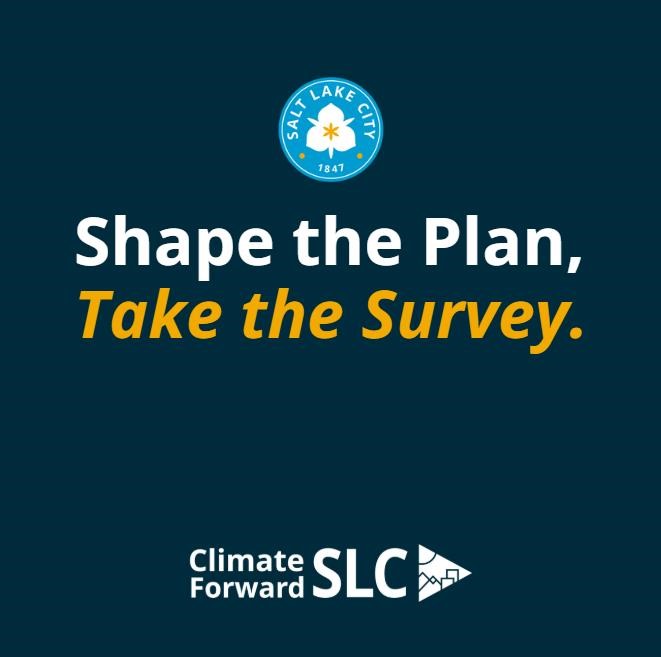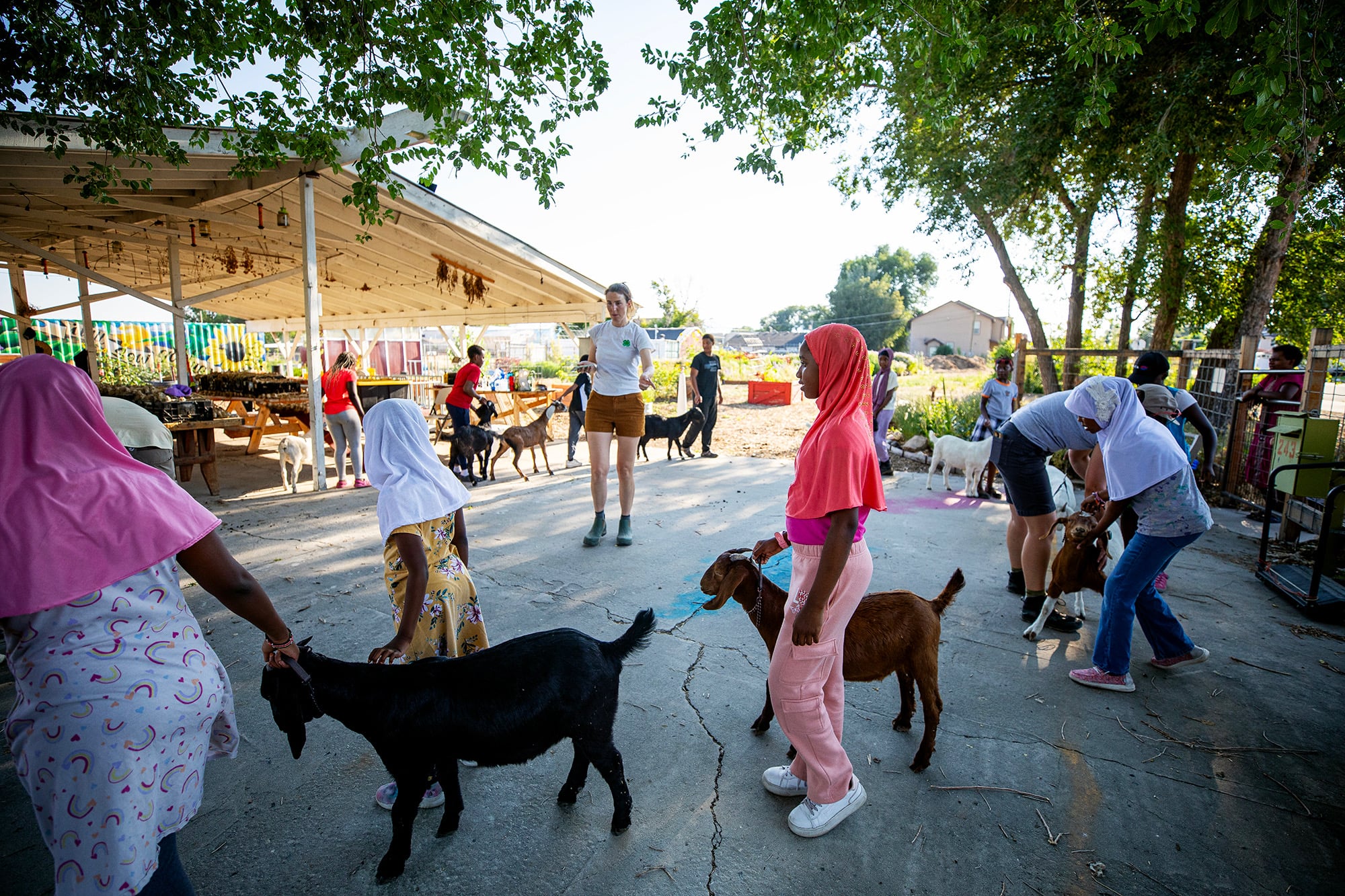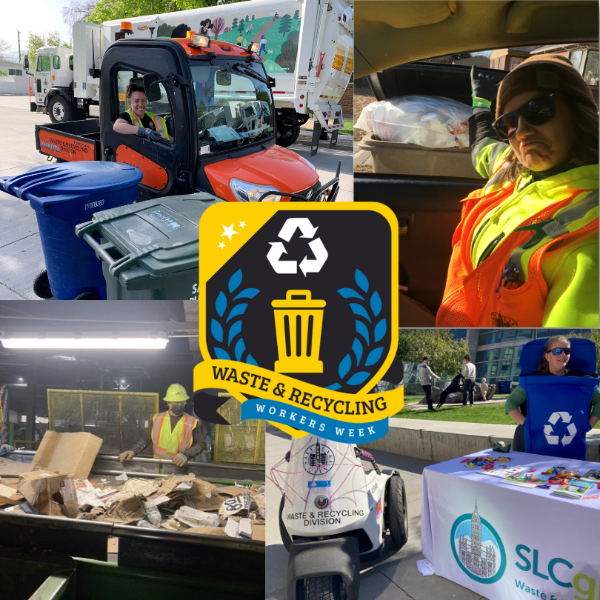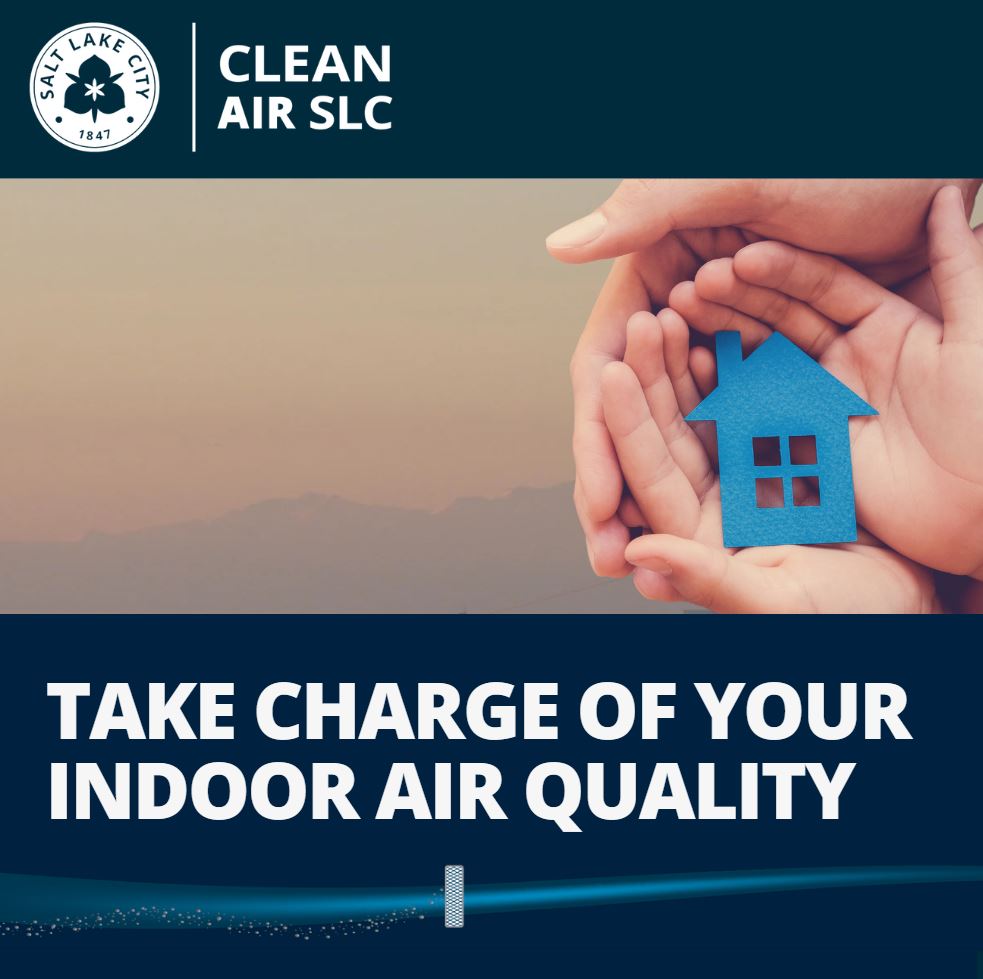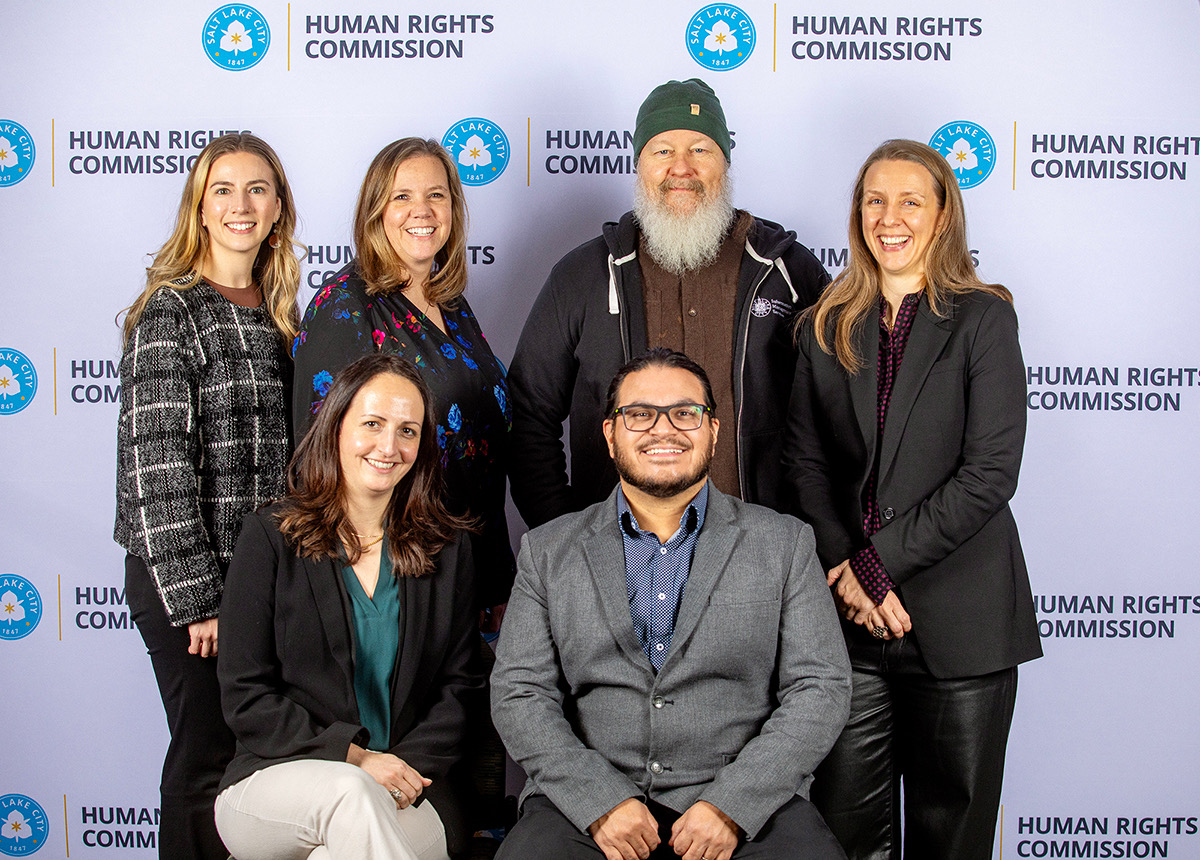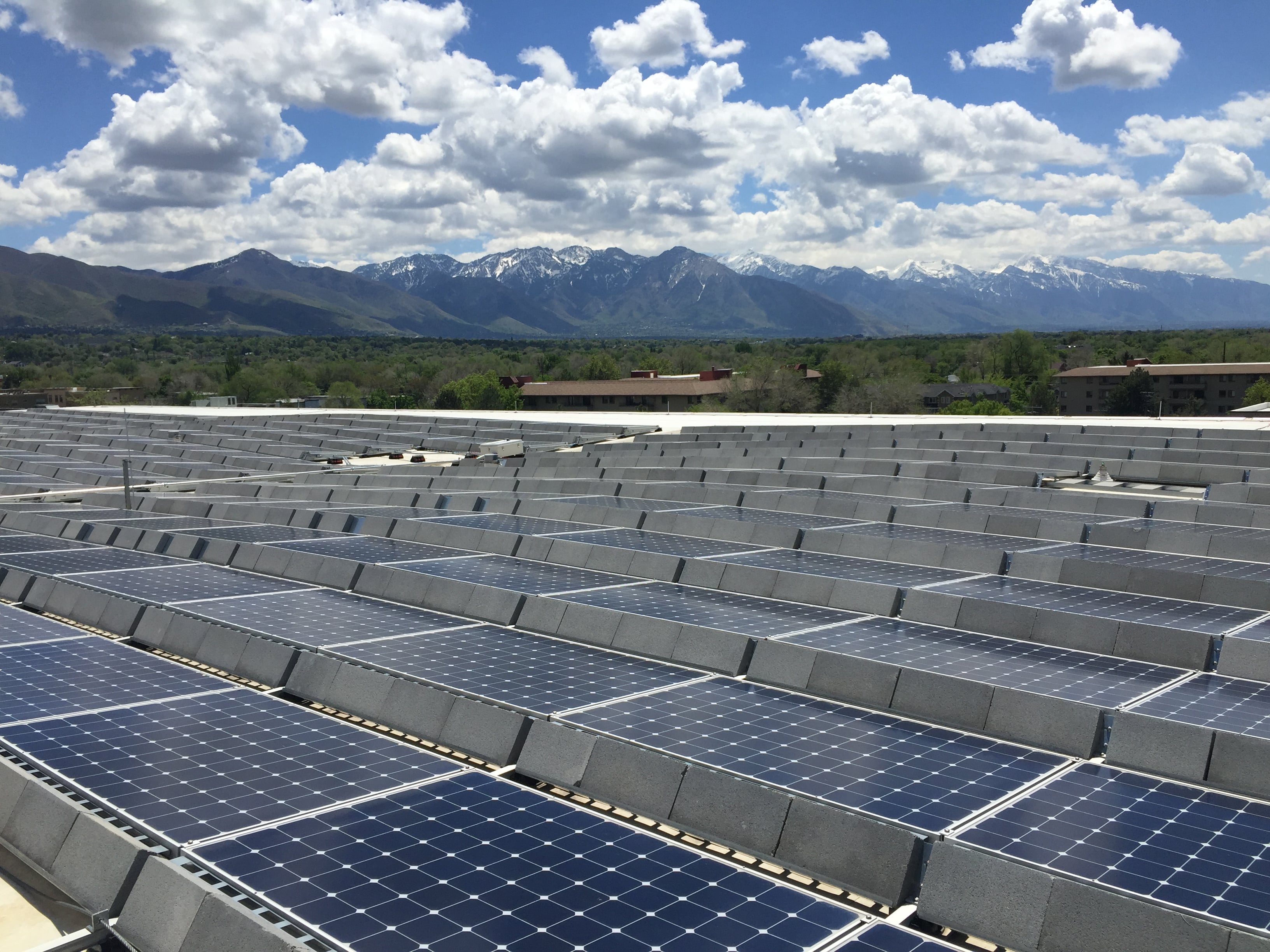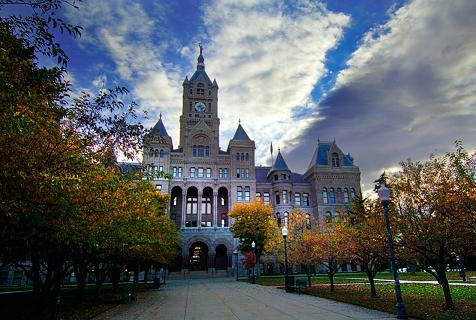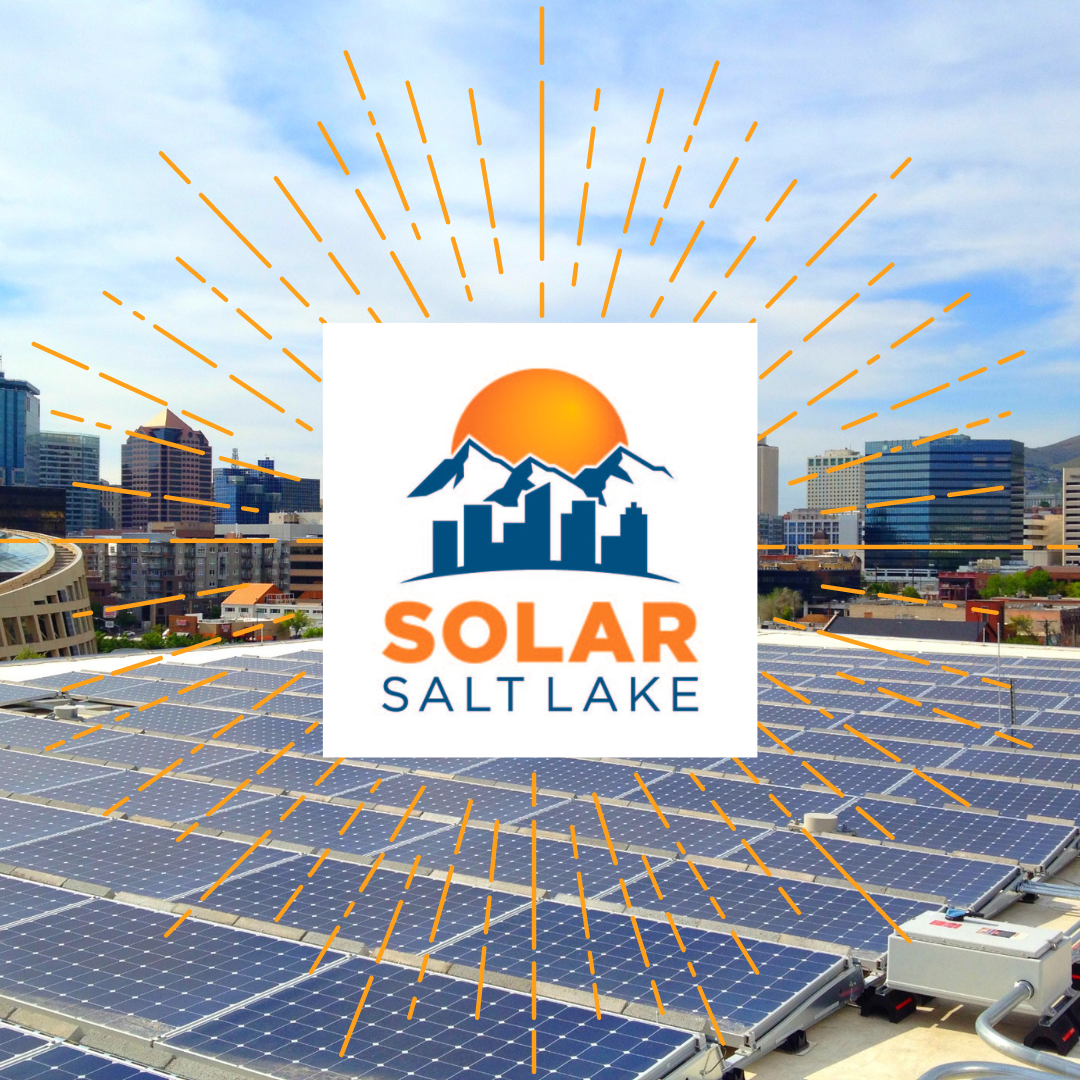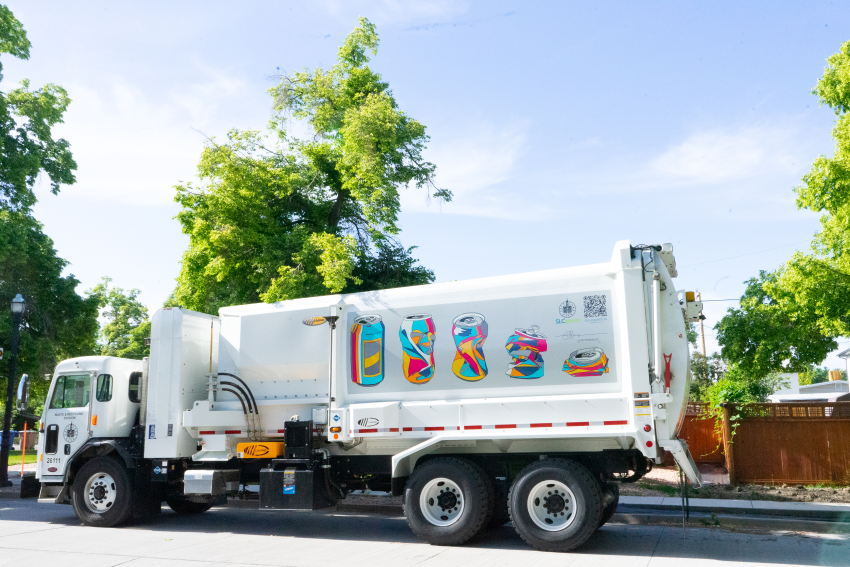PRESS RELEASE: July 22, 2022
Large-scale public art is rolling through Salt Lake City’s neighborhoods thanks to a recent City initiative that invited local artists to use City refuse trucks as their canvases.
The seven new waste and recycling vehicles are wrapped in vinyl prints of original works by local artists Trevor Dahl, Matt Monsoon, and Brooke Smart.
“These works of public art will travel Salt Lake City’s streets every day, reaching every corner of the city,” said Salt Lake City Mayor Erin Mendenhall. “I’m thrilled these vehicles, which provide such a critical utilitarian purpose, can also spread beauty to residents in all our neighborhoods.”
The artists were chosen from the Salt Lake City Arts Council’s pool of local artists with whom the City works on a number of public arts projects, from sculptures to murals to street art and more. Each artist created two original designs.
“We take pride in our trucks—and in the graphics we put on them,” said Sophia Nicholas, Sustainability Department Deputy Director. “Each year, we brainstorm a new creative campaign and work with a graphic designer to bring it to life. It’s been a fun and effective way to spread the word about things like ditching disposables, choosing reusable bags, the importance of recycling overall, and now, sharing art by local artists.”
The City’s fleet of 37 refuse trucks collect the trash, recycling, and compost from approximately 42,000 sites every week, hauling the waste from all areas of the city to the landfill or appropriate recycling facilities. Each truck travels approximately 300 miles each week.
“We know that almost any object, place, or space has the potential to serve as a canvas for the incredibly talented artists of our city, including the sides of a refuse truck!” said Taylor Knuth, Deputy Director of the Salt Lake City Arts Council. “The Arts Council hopes that residents and visitors of Salt Lake who see these trucks will not only enjoy these captivating works by local artists, but also take action to protect our unique, beautiful, and vibrant landscapes.”
Continue reading →
